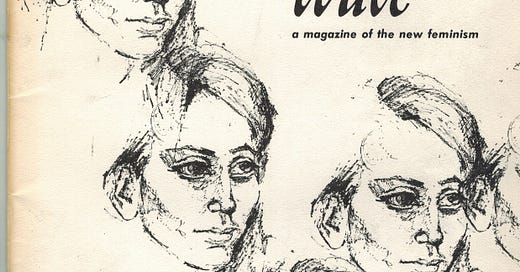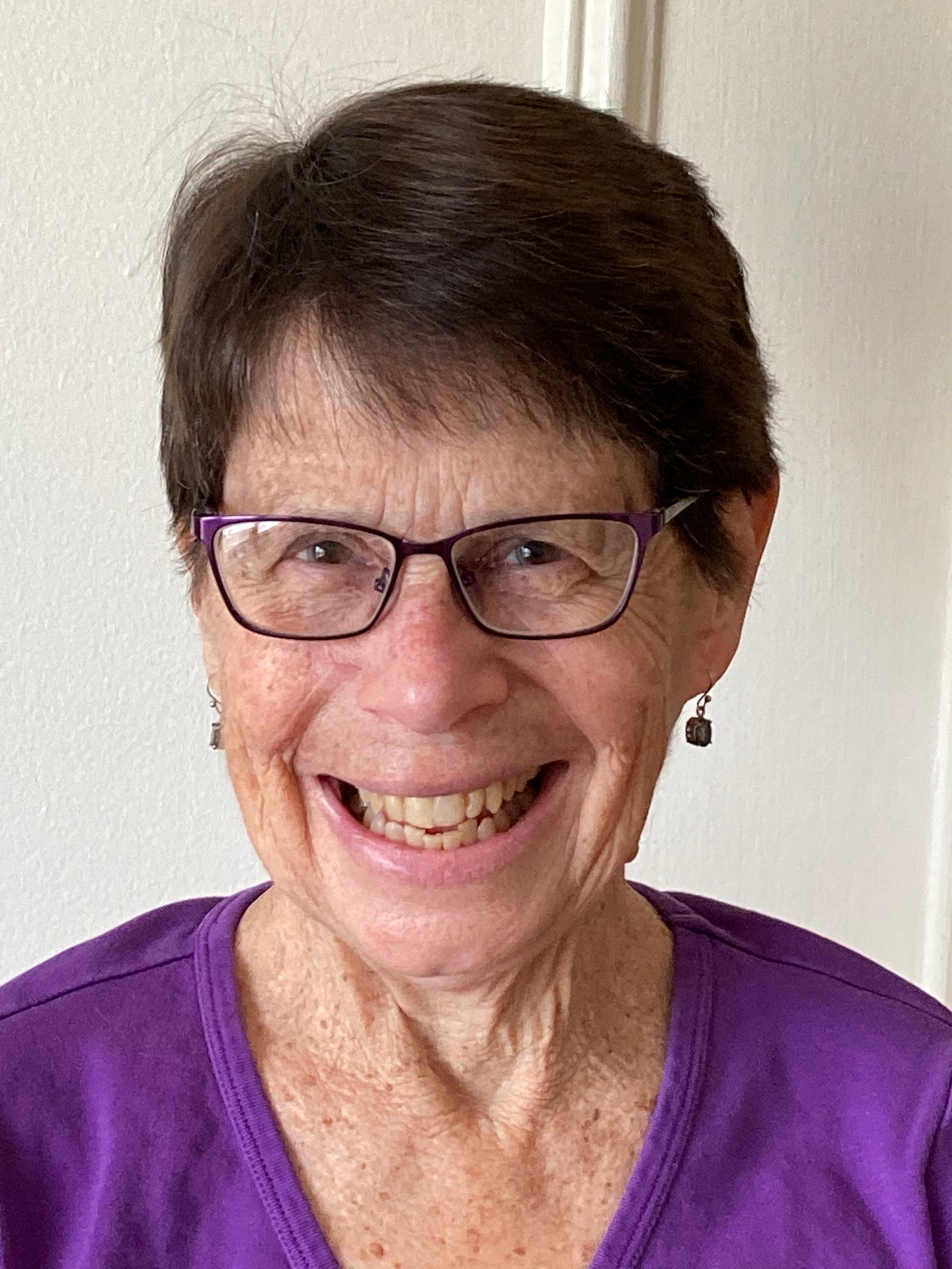Author remembers second wave of feminism
Nancy Rosenstock was part of Boston women's liberation group
(A cover of the magazine produced by Boston Female Liberation, a group that was formed in the 1960s to advance women’s rights)
What united feminists in the Second Wave of Feminism was the common challenges they faced–the limitations placed on women of all races and backgrounds because of their gender.
Nancy Rosenstock, who was part of a Boston activist group in the late 1960s and early 1970s, wrote about that in her recent book, Inside the Second Wave of Feminism: Boston Female Liberation, 1968-1972, An Account by Participants. The work includes oral history from members of the female collective. Rosenstock interviewed members and explored topics like intersectionality, socialism, and the fight to legalize abortion.
“We were all coming to grips with the limited opportunities that we faced at the time,” Rosenstock said, “and what our desires and dreams were and the obstacles that were in the way of us being able to fulfill that, from everything from lack of educational opportunities to lack of control over our bodies.”
(Nancy Rosenstock)
The second wave was a logical outgrowth from the liberal movements for black civil rights and the fight to end the Vietnam War. Unlike those movements though, feminism was led by women, which was something that they largely weren’t permitted to do by the men in the other movements.
“We were many times relegated to organizational tasks, and the men made the decisions and the men did the public speaking,” Rosenstock said. “So we split off and formed the women's movement.”
An interesting documentary that I came across was Under the Ground: The Story of the Liberation News Service. It is a film that shows how the alternative press developed during the 1960s and how they fought for liberal causes. One of the things they cover is that much of that movement disappeared because of the inability of men leading the alternative press to adjust to new movements for LGBTQ and Women’s rights. It’s a fascinating history and an interesting tangent to explore for people into journalistic history.
Unfortunately, most alternative media in the country has disappeared and as a result, the abortion rights movement lost many platforms to defend their views. Substack has helped address that in part.
But back to Rosenstock. She compared the women of the 1960s with the women of the 1970s. I raised the point that it seems as if the women then were more civically engaged and politically involved than this younger generation. They took to the streets more frequently and had the attention spans to sustain prolonged fights for equality.
Rosenstock said that both women then and today were second-class citizens. It’s different in the frequency with which people protest in public spaces. Women today fight in different manners.
“We're in a little bit of a different situation,” Rosenstock said. “That doesn't mean that one is better than the other or anything like that.”





